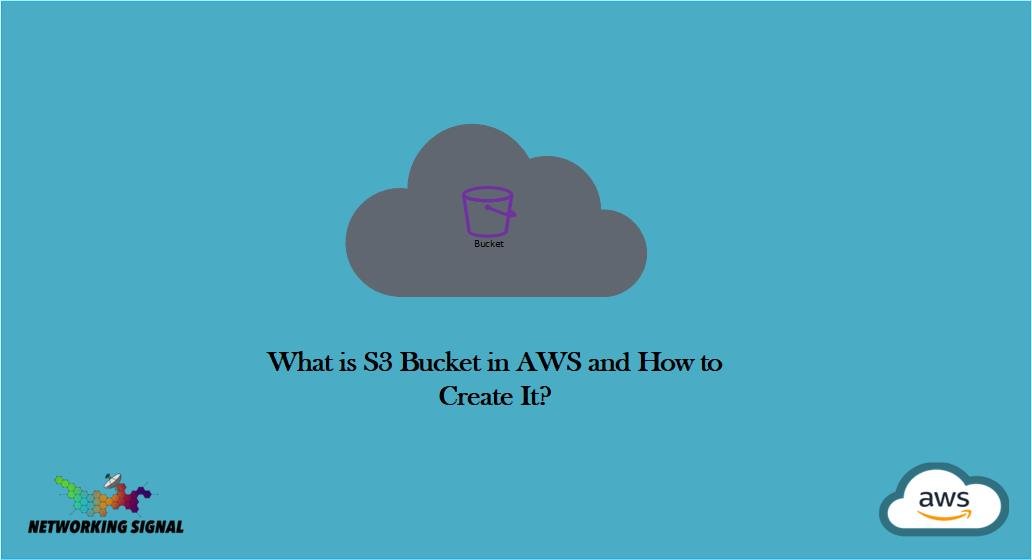What is S3 Bucket in AWS?
Amazon Simple Storage Service (S3) is an object storage service that offers secure, durable, and highly-scalable cloud storage. It is designed to securely store large amounts of data in the AWS Cloud and make it easily accessible from anywhere on the web.
With S3, you can manage your data with a simple interface and be assured that your data is safe, secure, and highly available.
S3 buckets are the primary containers for storing objects in S3. Every Object stored in S3 must be contained within a bucket. You can think of buckets as folders or directories used to organize your files on your computer’s hard drive.
What are the Uses of S3 Bucket?
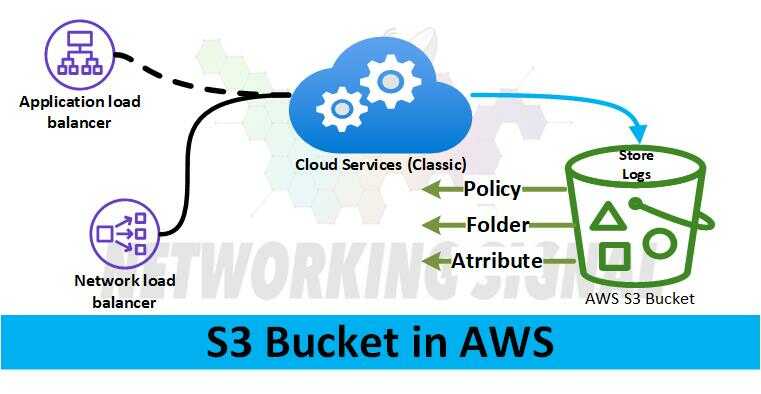
Here are some of the most common uses for S3 buckets:
- Backup and disaster recovery: Store critical backups in S3 so that you can easily recover from any disaster.
- Storage for application data: Store all your application data, such as user profiles, files, images, and videos in S3.
- Static website hosting: Serve static content from your S3 bucket for a low-cost and highly available website.
- Data lake: Create a data lake in S3 to store all your structured and unstructured data.
- Big data processing: Use S3 as the source or sink for big data processing jobs, such as Hadoop or Spark.
- Content delivery: Serve media content directly from your S3 bucket for a fast and reliable experience.
- Security and compliance: Use S3 to control access to sensitive data, comply with regulations, and protect your data with encryption.
- Data archive: Archive rarely used data in S3 for long-term storage.
- Machine learning: Use S3 as a source and sink for machine learning applications.
- Business analytics: Analyze your data from S3 in popular analytics tools such as Tableau, Power BI, or Amazon Athena.
How to Create an S3 Bucket and New Folder?
Creating an S3 bucket is very simple. First, sign in to the AWS Management Console and enter “S3” in the search bar. This will take you to the S3 Dashboard where you can create a new bucket.
1. Open S3 Bucket and Click on Create Bucket.

2. Enter the bucket name and Select region and other parameters according to your need.
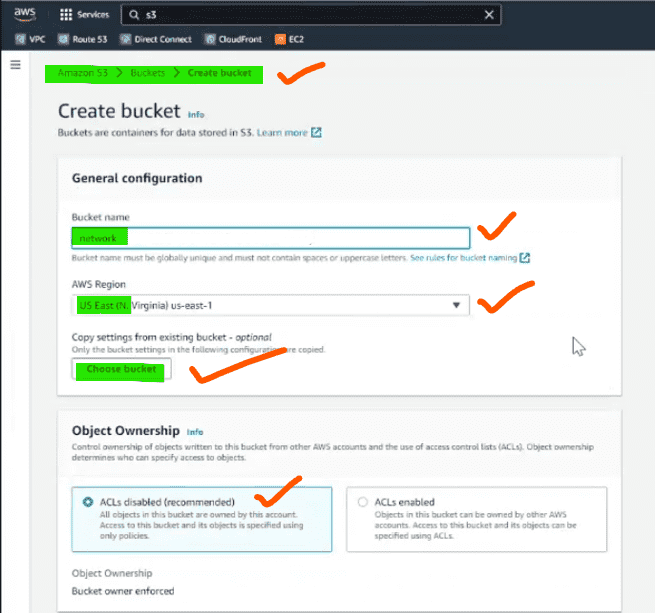
3. Add tags on your requirement and enable the encryption feature and click on create a bucket.
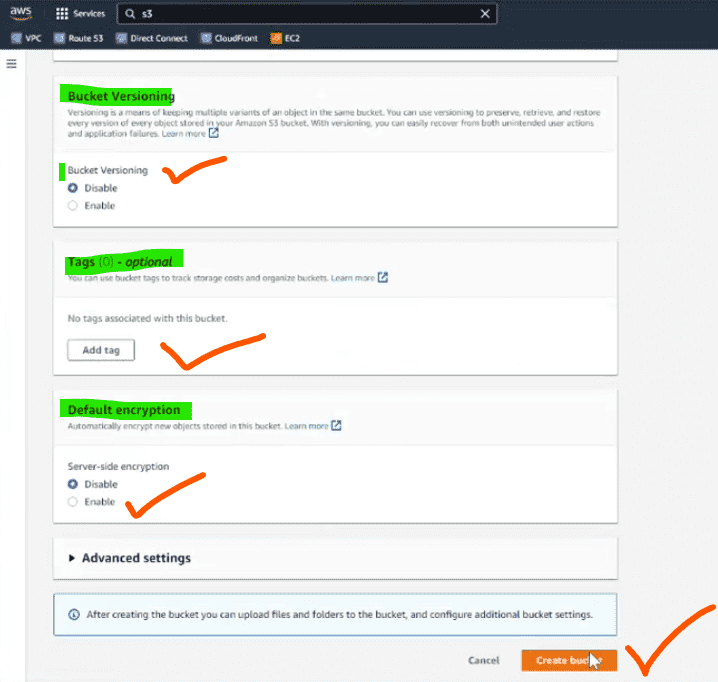
4. Now the bucket has been created, go to the object and create a folder. So click on create the folder.
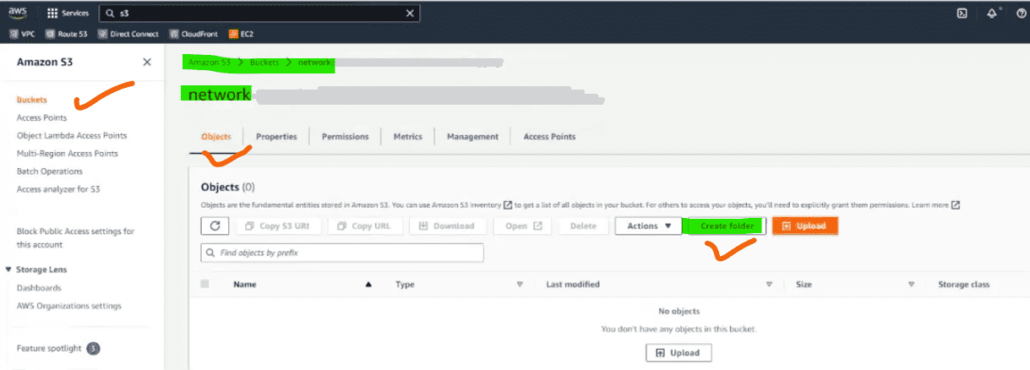
5. Name the folder and enable the encryption. Click on create the folder.

6. Folder has been created successfully. Go to the permission tab and add bucket policy accordingly.
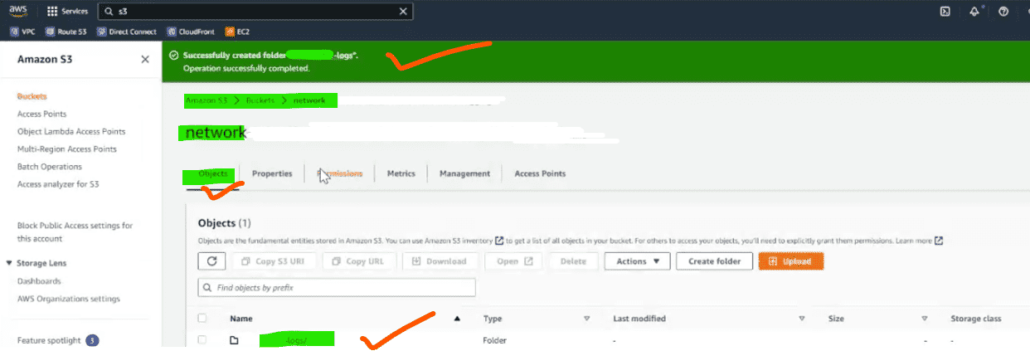
7. Go to bucket policy and click on edit.

8. Add the template for permission, and add the resource ARN name properly. Save the changes.
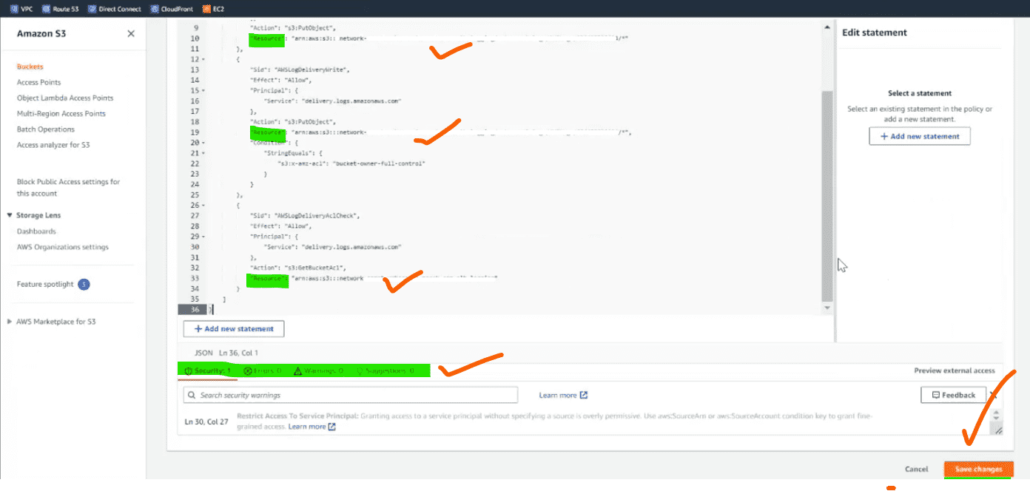
9. Bucket policy has been added and public access should be blocked is recommended.
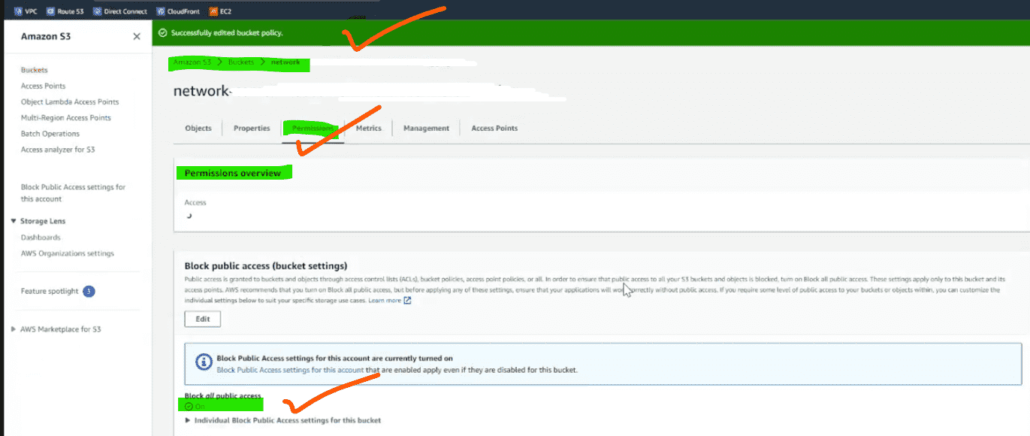
Now we do Integrate ALB with S3 Bucket.
10. Open ALB where we want to integrate the S3 bucket and click on the attribute.
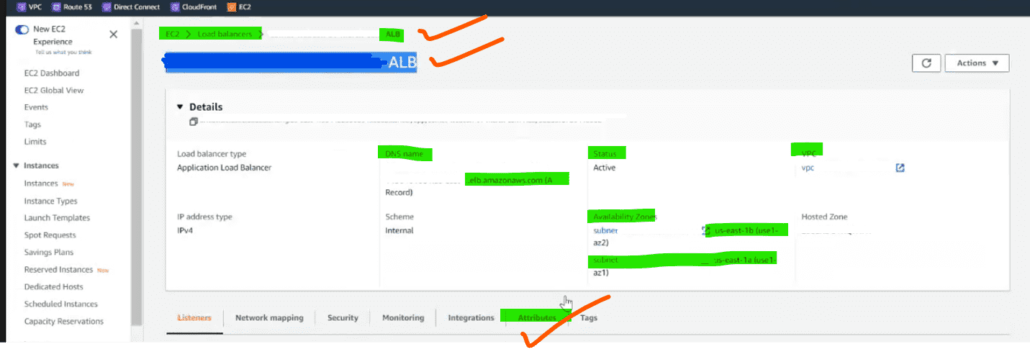
11. Enable access logs and add the S3 bucket path in S3 URL then click on save changes. Now ALB logs must be found in the S3 bucket
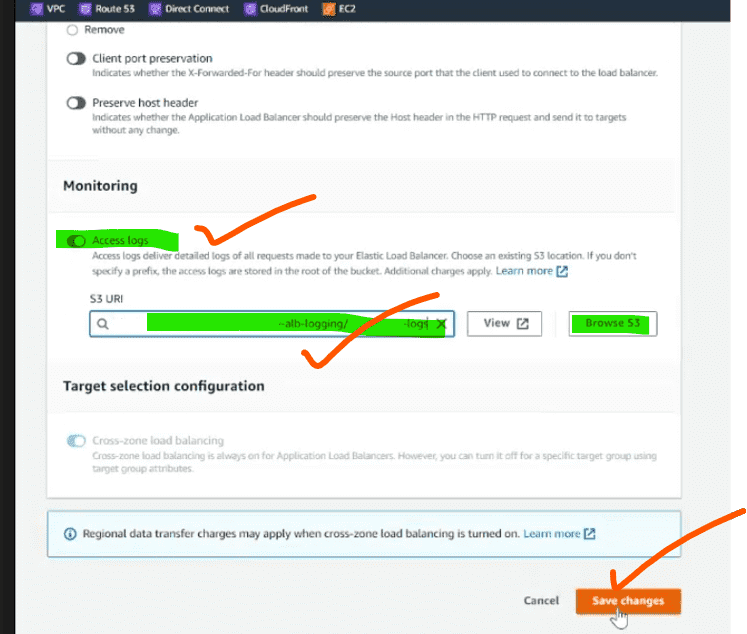
Are S3 Buckets Region Specific?
Yes, S3 buckets are region specific. All objects stored in a bucket must be located in the same AWS Region as the bucket. Every object is replicated to multiple Availability Zones (AZs) within that region to provide high availability and durability.
Additionally, you can choose to replicate your data across regions for even greater data protection. Cross-region replication lets you replicate your data to another region so that you have a secondary copy of your data.
What happens if I delete an S3 Bucket?
If you delete an S3 bucket, all the objects stored in the bucket are also deleted and cannot be recovered. Therefore, it’s important to be certain that you really want to delete the bucket and all of its contents before taking any action.
When you delete a bucket, all associated objects are deleted and the bucket no longer exists. You also lose access to your data. It is not possible to recover deleted buckets or their contents. If you delete an S3 bucket by mistake, contact AWS Support as soon as possible to try and recover the bucket.
What is the Maximum Size of an S3 Bucket?
The maximum size of an S3 bucket is 5 TB. All objects stored in a single bucket must not exceed 5 TB in total size, and each object can have up to 5 GB in size. You can also store an unlimited number of objects in a bucket.
If you are storing objects larger than 5 GB, it is recommended that you use the AWS S3 Multipart Upload feature. This allows you to break large files into smaller chunks and upload them in parallel to reduce the overall time required for uploading large files.
Are S3 Buckets Secure?
Yes, S3 buckets are secure. Amazon provides several security features to protect your data stored in S3. The most important of these features is the ability to encrypt your data with server-side encryption using either AWS Key Management Services (KMS) or Amazon S3-Managed Encryption Keys (SSE-S3).
You can use other services like Identity and Access Management (IAM) to control user access to your S3 resources. By leveraging these security features, you can ensure that your data is protected from unauthorized access. You can also monitor activity in your buckets with Amazon CloudWatch and make use of tools like AWS Lambda to alert you of any suspicious activity.
Are There Any Limitations with S3 Buckets?
Yes, there are some limitations to be aware of when working with S3 buckets.
- For example, all objects stored in a bucket must not exceed 5 TB in total size, and each object can have up to 5 GB in size.
Additionally, you can only have up to 100 buckets per account and each bucket must have a unique name across all of Amazon S3. Furthermore, there is a 30-second timeout limit for requests made to Amazon S3. If a request takes longer than 30 seconds to process, it will fail with an error code.

